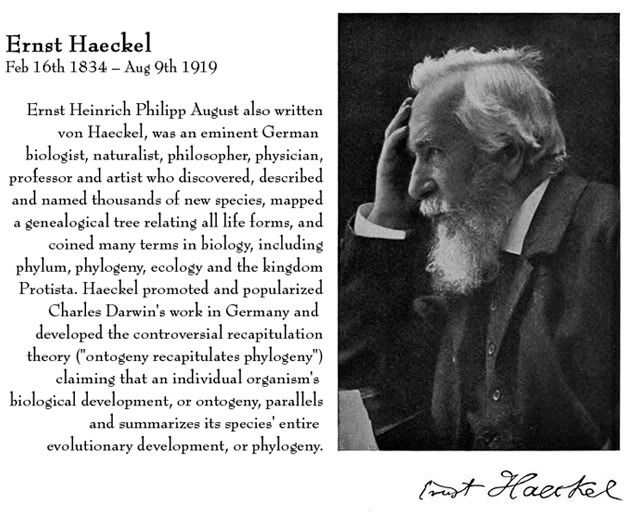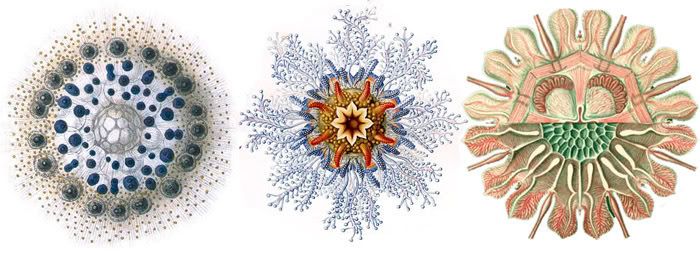The Institute of Molecular Bioscience
is hosting a show of
Artworks by Sophie Munns this Friday, May 18
In honour of the first ever International Fascination of Plants Day this Friday, May 18th, The University of Queensland's Institute for Molecular Bioscience is presenting a show of artwork by Sophie Munns on completion of a 3 week residency collaborating with Scientist Dr Joshua Mylne.
About: Three weeks has provided a rich and timely introduction to the field of Molecular Plant Science through dialogue and observation, journal keeping, photography, drawing and painting. Communications onsite aided this steep yet stimulating challenge to absorb new learning, in what was for the artist, an entirely unfamiliar realm of Plant Science.
When: 10am till 4pm, Friday 18th of May.
Where: Building 80, Institute of Molecular Bioscience, University of Queensland.
Sitemap available through IMB website here.
Why:
Learn more about this recent undertaking and how it came about at this April post. Whilst on residency at the KEW Millennium Seedbank in the UK last October the immensity of knowledge around past endeavours in Plant Science only became more obvious as did the current "explosion" of developments in contemporary Plant Science ... bringing so many more questions to light, and provoking a new determination to learn more at first hand, wherever possible.
Sophie has considered at length the way in which simplified arguments descend into polarised thinking around some areas of Plant Science... tending to block rather than foster community understanding... all the while increasing a sense of alarm about the future by focusing single-mindedly on the food we eat - whether it's GM or Organic, rather than fully considering the delicate balance needed for competing needs to be addressed - habitats, soil, water, shelter, energy and all the systems that make up daily life. Building bridges between the scientists and general public is more essential than ever to actively engage the community imagination to see the layers of systemic changes needed to make societies work more effectively into the future and therefore to find new and more empowered ways of participating in matters of concern and interest.
Alongside the Exhibition at the IMB this Friday is a Public Lecture event:
NOW FULLY BOOKED
(* an audio recording of the lecture will be made available on this site asap)

As part of Fascination of Plants Day 2012, the Queensland Alliance for Agriculture & Food Innovation (QAAFI),
the Global Change Institute (GCI) and the UQ Faculty of Science present …
the Global Change Institute (GCI) and the UQ Faculty of Science present …
"Plants – and the future of global food security"
A free public lecture by author, journalist, editor and science communicator -- Julian Cribb

Friday, 18 May 2012
12 midday – 1.00 pm
12 midday – 1.00 pm
VENUE
'Qld Bioscience Precinct Seminar Room'
(Building 80 – entrance via Chancellor Place, St Lucia Campus)
'Qld Bioscience Precinct Seminar Room'
(Building 80 – entrance via Chancellor Place, St Lucia Campus)
"Lecture fully booked* "
Tel: (07) 3346 0553
(* an audio recording of the lecture will be made available on this site asap)
All are welcome for this one-day Art showing at the IMB... so do come along and discover what it's all about this Friday if you are able to make your way to UQ. The Bus terminal is outside the IMB ... also not too far is the Citycat terminal on the river!
For those unable to attend Images will be added to the website and blogs with prints of some works available for purchase.
Visit the NEW tumblr blog celebrating Fascination of Plants Day which was set up on the weekend.
On a personal note...
Welcome and thank you to all the new subscribers... its been a frantic few weeks and I look forward to catching up with many in the blogging community after this weekend.
Ciao,
Sophie
PS: a brief E-news bulletin will go out tomorrow!











